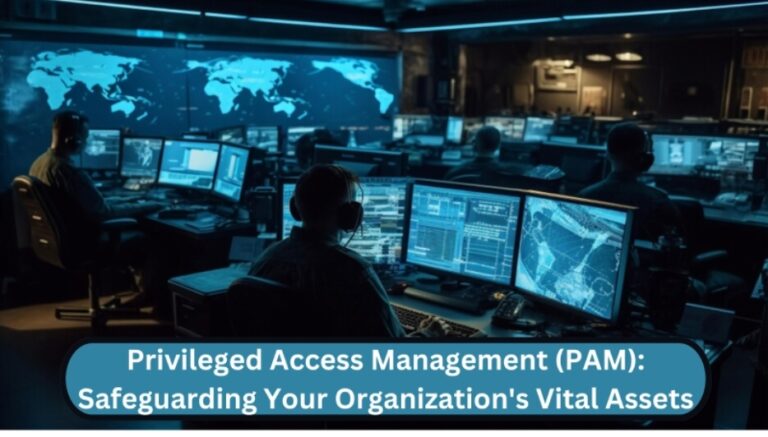Dealing with the Aftermath: Guidance on Legal Actions Following a Traffic Collision
Key Takeaways:
- Taking informed legal steps after a traffic collision can significantly help manage the situation.
- Promptly seeking legal counsel safeguards your rights and aids in decision-making.
- Understanding your legal rights, insurance claims, and the role of a lawyer can guide you through the process.
Immediately following the unexpected turmoil of a traffic collision, a surge of adrenaline and panic can make it difficult to focus on what actions to take next. Nevertheless, the steps taken in the aftermath are crucial and have a long-lasting impact on any legal proceedings that may follow.
Immediate Steps to Take Post-Collision
Hearing the crushing metal and screeching tires of a traffic collision is jarring. In the immediate aftermath, your response can be of critical importance. It’s your responsibility to ensure your safety and that of others by checking for injuries and contacting emergency services as necessary. If the circumstances allow, and it’s safe to do so, guide your vehicle to an area that doesn’t obstruct traffic, reducing the risk of further accidents. This is also the moment to exchange pivotal information—driver’s licenses, insurance details, and contact information—with the other parties involved. When law enforcement arrives, they will document the scene and generate a report, often a key piece of evidence in future claims or disputes.
Acquiring a basic understanding of these steps is beneficial, and securing legal advice from a trusted source, such as this law firm, can be instrumental in navigating through the unforeseen complexities that lie ahead.
Documenting the Scene and Gathering Evidence
The evidence gathered from a collision scene can play a decisive role when filing a claim or court proceedings. Use your smartphone to take detailed photographs and videos of both vehicles, emphasizing points of impact, license plates, and the overall scene, including traffic signs and signals. This will help establish the conditions under which the collision occurred. Talk to bystanders who witnessed the event and note their accounts and contact details. Your memory can be fragile after a traumatic event, so write down your version of events as soon as possible, ensuring that your recollection remains as accurate as possible.
Understanding Your Rights and Responsibilities
While the immediate focus post-collision is on health and safety, you must also quickly turn your attention to the legal implications of the accident. You can be compensated for damages or losses if you are not at fault. Likewise, you’re obligated to report the incident to your insurer. Understanding the concept of negligence and liability is imperative since these legal constructs will significantly influence any ensuing claims. Your responsibilities may also involve compliance with local or state laws, such as the mandatory filing of a collision report in certain circumstances.
Navigating Insurance Claims
After tending to immediate needs, your next step is to inform your insurance company about the accident. Filing a claim can often feel like a labyrinthine ordeal, as insurers scrutinize every detail, usually seeking to minimize their financial exposure. Understanding the terms of your insurance policy and communicating effectively is crucial. Ensure that you provide a comprehensive account of the incident without unduly admitting fault or liability, as these conversations can be used to determine the outcome of the claim. If necessary, loop in legal support to ensure you don’t settle for less than what’s fair.
When to Seek Legal Advice
There may come a point after a traffic collision when you realize that you need more than just rudimentary guidance—you need the expertise of a legal professional. This realization typically coincides with scenarios involving disputed fault lines, serious injuries that necessitate long-term care, or when there are significant monetary losses at stake. Engaging with legal counsel is advisable to navigate these complex waters. Be it understanding the nuances of a settlement offer or preparing for litigation, legal advice can be a beacon in murky waters.
Common Legal Challenges and How to Address Them
The aftermath of a traffic collision often entails stumbling blocks on the road to resolution. Disputed claims are common issues where the other party contests fault or insurance companies engage in bad-faith negotiations. In these instances, it becomes paramount to assemble additional evidence, witness testimonies, or medical records, displaying a clear picture of the events and their consequences. You might need to seek expert witnesses to corroborate the injuries’ severity or demonstrate the fair value of your claim. Responding to these adversities with composure and a strategic approach lessens the probability of losing out on rightful compensation.
Understanding the Statute of Limitations
The law is not infinitely patient; there are legal time limits within which you must file a lawsuit to recover losses from a traffic collision. Recognized as the statute of limitations, these deadlines vary from state to state and can span from one to several years post-incident. Overlooking these timelines can be costly; if they lapse, you’re typically barred from seeking legal recourse via the courts. Be sure to acquaint yourself with these critical dates early on in the process to secure your ability to present a case should it become necessary.
The Role of an Attorney in Traffic Collision Cases
Where the legal terrain grows daunting, attorneys can simplify and guide through the thicket. Their expertise lies in clarifying the labyrinth of laws and regulations surrounding traffic collisions. They act as your negotiation advocate, ensuring your narrative is heard, and your demands are legitimate. Particularly when injuries are significant, the fault is contested, or the navigation of the legal system becomes overwhelming, an attorney can prove indispensable. They put your interests at the forefront, supporting decision-making and seeking justice through legal mechanisms.







